I know urea is a desiccant, I've actually bought some things that had urea packs to absorb moisture instead of silica gel; sodium hydroxide is not
used for obvious reasons
For this first purification, I wasn't aiming for high purity. I bought urea based fertiliser from Lowes and it contains ~30% urea (highest content of
all the the fertilisers). The rest of it is "slow release polymer coated sulfur" among other things, most of which are insoluble in water.
Boiling fertiliser in water was the simplest way to extract the urea from all the other junk. I boiled it in a soda lime mason jar, the bottom of
which blew off and made a mess. I mopped up all the water solution and put it in another jar to dry, where I forgot it until today. This is why my
sample is impure
I'm wondering if I'd get a higher yield by evaporating urine, considering all the trouble I went through for so little urea. |







 Pics coming soon, I guess.
Pics coming soon, I guess.


 as supernatant liquid. At
low concentrations the trioxaloferrate complex is slightly fluorescent:
as supernatant liquid. At
low concentrations the trioxaloferrate complex is slightly fluorescent:
 .
.



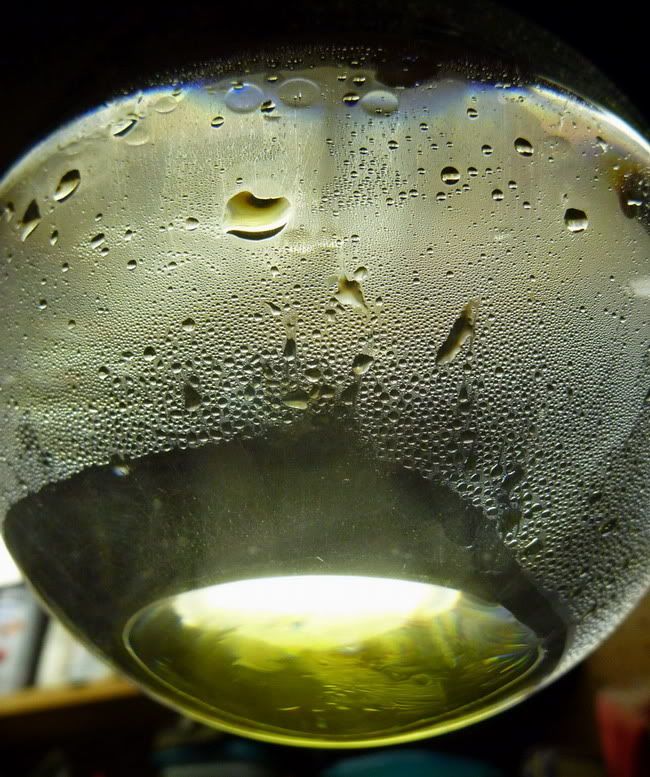
 )
)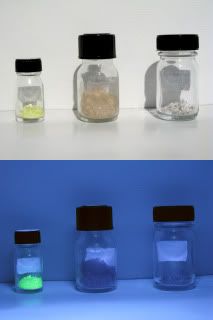
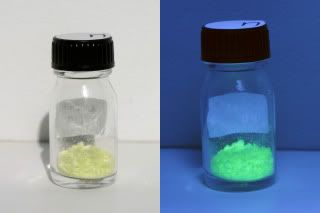
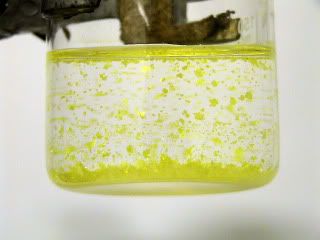
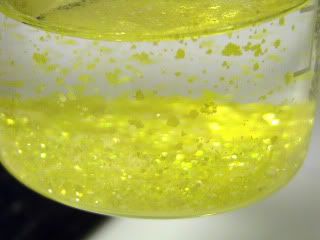

























 )
)





